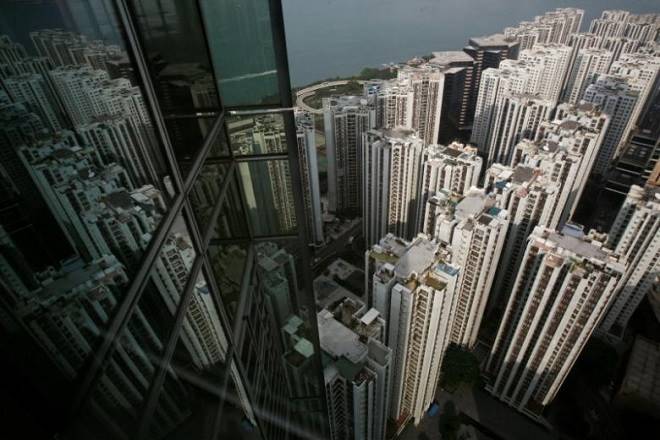Yoosef KP Mumbai, January 23 With the Sensex scaling yet another peak to hit 36,139.98 on Tuesday, India remains the world’s most expensive major market, trading at a price-to-earnings multiple of 19.3 times one-year estimated forward earnings. While the Dow Jones trades at 18.12 times, the Jakarta Composite trades at 17.0 times, data from Bloomberg shows. The market capitalisation of the Sensex hit Rs 63.42 lakh crore or $994 billion. Reliance Industries’ (RIL) m-cap touched Rs 6.22 lakh crore or $97.5 billion on Tuesday. The markets have been driven up by the abundance of liquidity — in 2017, foreign investors bought stocks worth $8.01 billion while local institutions shopped for equities worth $13.63 billion, the highest in any year. In January so far, however, while foreign buying is nudging $1.2 billion, local funds have been restrained their purchases with a tab of just $72 million.
The reason for the optimism, fund managers point out, is the revival in corporate earnings, partly driven by the low base and an improvement in the economy. Due to the twin disruptions from demonetisation and the GST, corporate earnings so far this fiscal have been subdued. However, with the impact of these events now fading, India Inc is expected to report a much better performance.
Earnings for the Sensex set of companies are expected to be reasonably good growing at around 15% y-o-y in Q3FY18, albeit on a very low base when earnings barely grew by 1%; in Q2, the rise was 9% y-o-y. Kotak Institutional Equities estimate the earnings for the Sensex set of companies will grow to Rs 1,825 for FY19 from Rs 1,480 for FY18, or a growth of 23%. Market observers point out how a handful of stocks is driving up the index. For instance, in the latest 1,000 points rally, about 500 points have been contributed by three stocks — RIL, HDFC Bank and ICICI Bank.


